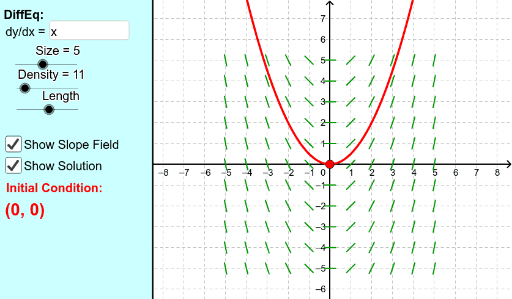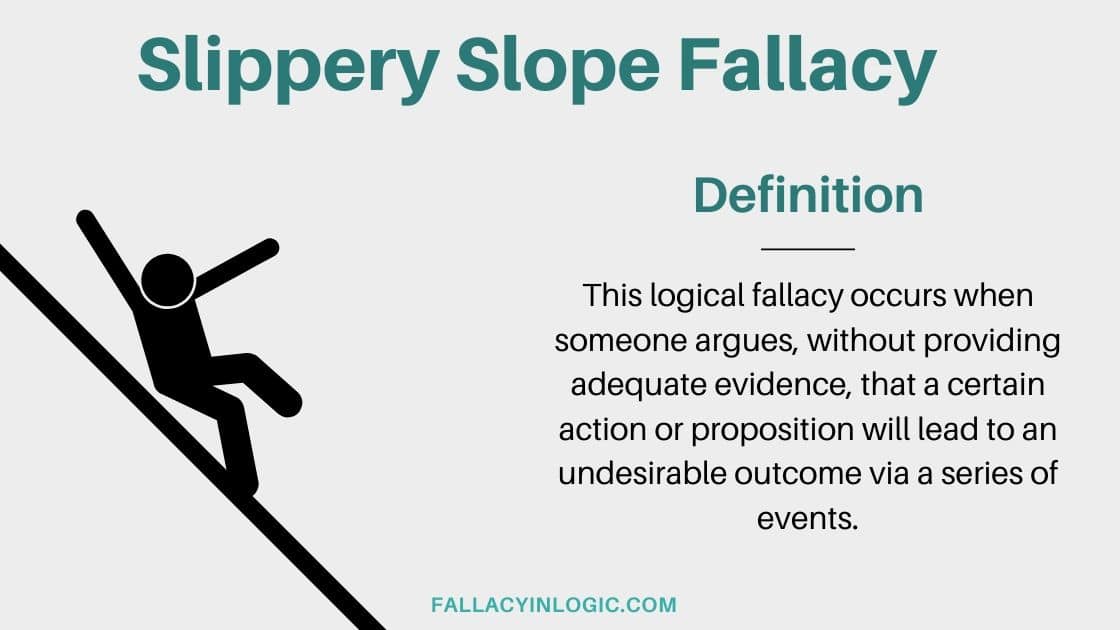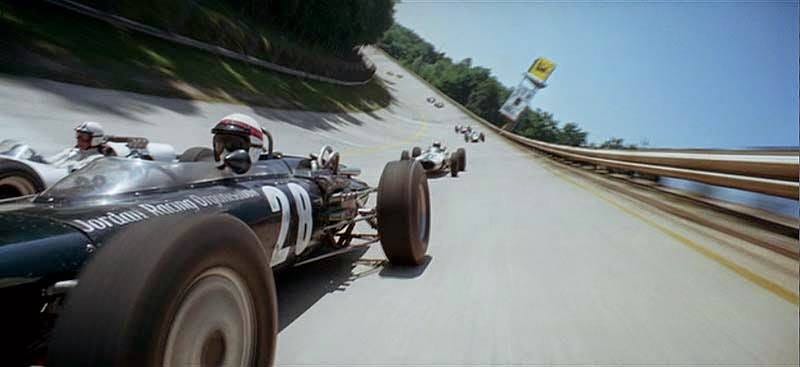As you have learned, measuring lines can be ropes, bands, tapes or surveyor's chains. When you measure long distances, the way you use the measuring line will depend on the slope of the terrain. When the terrain is flat or nearly flat (that is, with a slope of 5 percent or less - see Section 4.0), you can measure the horizontal distances by following the ground surface. This method is usually used in measuring fish culture sites, where steeper slopes must be avoided. A past land development design plan either for your individual property or for your entire neighborhood would also contain the information necessary to calculate land slopes.
Your fieldwork will involve collecting data in order to analyze slope. After recording your field measurements, it is time to crunch some numbers. The gradient of a ground surface is calculated by the difference in elevation between 2 points on a slope divided by the horizontal distance between the 2 points . In this lab, measurements of rise and run will be done using a combination of levelling and GPS measurements. An existing conditions plan is a plan that you or a previous property owner might have had prepared for your site by a land surveyor. You could measure horizontal distances and read elevations off of contours to obtain the numbers required to calculate the slope between two points.
When slope angles are designed during open pit optimization, there is a risk factor applied in steepening the slopes. The steepening of slope angles has implications for the safety and economics of the mining operation. The steeper the slope angles, the greater the probability of slope failure. A balance between the safety of the operation and the economics of the investment is therefore required. The ideal situation is to have a slope monitoring system that will predict slope failure by detecting any ground movement before the actual failure occurs.
This early warning will allow the risk factor to be applied with a high degree of confidence, knowing that the risk will be adequately mitigated. We will be using GPS readings of horizontal position built into a smartphone to determine the change in horizontal position. So, you might wonder, why not use the GPS to determine the change in vertical distance too? Although handheld GPS-based measurements of horizontal position are typically accurate to within roughly 10 m, errors in vertical position are typically 2-3 times greater. Therefore, using a level to determine vertical distance can improve approximate measurements of slope over using hand-held GPS measurements alone.
Slope distance can be calculated when the vertical height and the horizontal distance of a right angle are known. There is a right angle if the vertical and horizontal distances are "true" to the vertical and horizontal, respectively. See the following figure, which denotes x as run and y as rise. To calculate slope distance, you will need a basic scientific calculator with a square root (√z ) function.
This elevation grade calculator determines, and expresses in four different ways, the slope of an earthen surface. To calculate the slope of a line, and to learn more about slopes in general, you can check our slope calculator. To learn more about how to find the slope of the terrain , keep reading. Mine surveyors are responsible for managing and maintaining the slope monitoring equipment in terms of availability and utilization.
Furthermore, the surveyors are responsible for managing the data acquired by the monitoring equipment. They ensure that the data is processed for errors before being plotted for analysis. The mine surveyors are also responsible for the maintenance of the survey network. This maintenance is done by regularly carrying out activities such as GPS post-processing and precise levelling. The management of slope stability monitoring procedures is a joint responsibility of the mine surveyors and the geotechnical engineers. In this paper, the authors will attempt to answer the fundamental question of how to design a slope monitoring system?
The focus will be on geo-referenced systems, otherwise known as survey slope monitoring systems. These systems include, among others, the Geodetic Monitoring System , slope monitoring radar , and the global positioning system technology. The introduction of automated slope monitoring systems was a major step in optimizing the whole concept of monitoring. However, in the authors' opinion, no matter how sophisticated the instrumentation or the software is, if the foundation or design is not optimal, the level of confidence in the monitoring results will be low. On the other hand, we can get the vertical distance by using optical devices, such as a surveyor's transit paired with a leveling rod. A surveyor's transit has an inbuilt telescope that can be rotated laterally or vertically over a tripod.
Focusing it on the leveling rod will give a reading. We can then translate this reading into the elevation between the leveling rod and the transit. A surveyor's transit also has distinctive markings on its view that make it also able to measure horizontal distances when paired with a leveling rod. The vertical change in the elevation of the land surface, when determined over a given horizontal distance-along a road or stream, for instance-is known as its slope . There are three primary ways to quantitatively express the slope between two points. In each, the lower the slope value, the flatter the terrain, and the higher the slope value, the steeper the terrain.
The slope values may be expressed as a ratio, as a percentage or as an angle. As previously mentioned, slope is a measure of change in elevation over a known horizontal distance. A sighting level is a device that allows a user to be able to aim their view along a true horizontal line.
Using a sighting level and a known eye height to measure the change in vertical elevation between two points is an ancient technique that early civilizations used to design aqueduct and irrigation systems. It is also a modern technique used in professional settings, except with much more sophisticated digital surveying equipment. Since the main treatment plant infrastructure is within 100 m of the mining activities in Cut 8, the built-up area should be monitored for movement. The mine should consider installing GPS receivers in this area.
The GPS receivers should be strategically positioned to avoid measurement errors brought about by multi-pathing and dilution of geometric intensity of satellites because of the plant infrastructure. Multi-pathing and satellite availability can be a problem when monitoring around tall structures using GPS receivers. To compensate for the inaccuracies of GPS height measurements, the mine should use the precise levelling method . The challenge inherent in the precise levelling method is that it is a point measuring method and will not adequately cover large areas.
To enhance the precise levelling method, the mine should consider other monitoring methods suitable for subsidence monitoring and which can cover large areas, such as InSAR technology. Portable ground technology that produces high-resolution SAR images is the most suitable equipment (Canuti et al., 2002). Figure 6 illustrates the proposed deployment of the monitoring equipment at Jwaneng mine.
Sometimes, more information than general field notes is required for prescribing management activities.Profiles may be run to get a detailed picture of a slope. To do so, the hillside is divided into segments where major changes in slope occur. These readings are combined with measurements of the slope distance for each segment to create a profile or sketch of the hill like the one illustrated (Figure 1.5). With this precise information, for example, a logging system can be designed that will lift logs off the ground while yarding to reduce erosion.
We equipped our elevation grade calculator with all these equations, so it can give you all the answers you need every time you input a value for any variable. You can set the grade and determine the horizontal distance required to obtain the required change in a vertical distance, as well as obtaining the angle of elevation. The grade of a physical feature, landform or constructed line refers to the tangent of the angle of that surface to the horizontal. It is a special case of the slope, where zero indicates horizontality. A larger number indicates higher or steeper degree of "tilt".
Often slope is calculated as a ratio of "rise" to "run", or as a fraction ("rise over run") in which run is the horizontal distance and rise is the vertical distance. Slope refers to the angle, or grade, of an incline. Slope is typically expressed as a percent, and corresponds to the amount of rise, or vertical distance, divided by the run, or horizontal distance. Slope can also be expressed as an angle, which gives the amount of deviation from flat as a number of degrees. Conversions between slope percent and slope angle can be done using a scientific calculator and the inverse tangent function. Essentially, the slope angle is the inverse tangent of the slope percent .
As mentioned previously, handheld GPS-based measurements of horizontal position are typically accurate to within roughly 10 m under ideal conditions. However, errors in vertical position are typically 2-3 times greater. Ideal conditions include an open view of the sky without blockage due to buildings, bridges and trees so that the receiver can obtain signals from as many satellites as possible. A more in-depth description of GPS is described in the pre-readings to Lab 14 of this manual.
In this lab you will gather your own field measurements at a location of your choosing, and learn the basics of taking high-quality field notes to support your field measurements. Then you will input your field measurements into Google Earth to help calculate slope. Finally, you will measure the gradient of a ski run at a resort of your choosing and plot the vertical profile.
To measure short distances, use a measuring stick called a ruler, 4 to 5 m long. You can make your own by following the steps below. A ruler is particularly useful for measuring horizontal distances on sloping ground. Elevation grade is the steepness, or degree of inclination, of a certain area of land. It can simply be the steepness between two specific points in a given area, the average of an area's gradual change in steepness, or an erratic variation in the elevation of the ground. We usually measure the ground's elevation as its altitude above sea level.
Land surveyors and engineers are generally the ones who measure and record these elevations using surveying equipment and tools. All of these factors are equally critical for an optimal monitoring process. Negligence in one area can negate all the good work done in other strategic areas, leading to unreliable monitoring results. The integrity of any survey measurements depends on the accuracy of the survey control network. In the case of slope stability monitoring, all movements are referenced to the survey control network.
Monitoring is defined as the regular observation of activities taking place in a project or programme, and is a process of routinely gathering information on all aspects of the project . There are different types of monitoring surveys, but this paper focuses on slope stability monitoring. Slope stability monitoring can be defined as the science of measuring ground movements and detecting instability before failure occurs. Monitoring is an invaluable tool for assessing design performance and failure risk and for aiding risk minimization . Goudarzi and Landry found that the horizontal positional accuracy of locations using Google Earth in one of Canada's largest cities was up to 2.7 m off. In contrast, Mulu and Derib found that horizontal positional accuracy was up to 11 m off in Cairo, and between 1.5 and 4.5 m off in other African cities.
Explain your reasoning in terms of the factors that would affect your field data and Google Earth data. Position your breaks in slope where your path crosses a contour line. Measure the horizontal distance between each slope break and record the elevation. Figure 17.10 is an example outlining four slope breaks selected for the Fuzzy ski run.
Create Table EX2.1 (see the example Table 17.2) to include the measurements you collected. This means you count the number of normal steps which will cover the distance between two points along a straight line. Pacing is particularly useful in reconnaissance surveys, for contouring using the grid method (see Section 8.3) and for quickly checking chaining measurements (see Sections 2.3 to 2.5).
If you have a hard copy plot of a topographic map, you would have to use an engineering scale to measure the distances off of the map. You would still read off elevations from contours to figure out elevation differences. Once you locate your property, you could use an online measuring tool that should be a part of the GIS website to measure the distance between two points on your parcel. You could then use the contours on the maps to read the difference in elevations between the two points. You would then have the numbers required to calculate the slope between the two points. Example 4- Find the slope distance for the vertical and horizontal distances illustrated in the figure below.
Slope is a measure of change in elevation over a known horizontal distance. Often it is used to describe the steepness of a landform surface. One might argue that slope is one of the most significant landscape metrics for geographers to evaluate. In the road example below, the six-foot change in elevation is the rise, and the 100-foot horizontal distance of the road is the run. Driving uphill means climbing a "positive" six percent slope .
What Is Horizontal And Slope Distances In Surveying Driving downhill, the "rise" is actually a drop, so there is a "negative," or downhill, slope . When dealing with slope, a positive slope simply means uphill and a negative slope means downhill. A negative number does not mean "minus" as in algebraic expressions.
A six percent slope means that the road elevation changes 6 feet for every 100 feet of horizontal distance (Figure 1.3). Chaining is carried out by two persons, a rear chainman and a head chainman. The rear chainman is responsible for the measurements. He also guides the head chainman to make sure that the consecutive measurements are made exactly along straight lines between the marked ground points. When you have to measure a short distance on horizontal terrain, mark each end of the distance with ranging poles.
Place your ruler on the ground with its end at the first ranging pole, making sure the ruler follows the straight line. Put a marking peg at the other end of the ruler. Then take the ruler and place its first end at this marking peg. Continue in this way until you reach near the end of the line, keeping an accurate count of the number of ruler lengths.
You will usually need to use only part of the ruler's length to measure the last part of the line. Take care then to read the graduations on the ruler correctly. As you can see, finding the slope of an area of land is not difficult. Once you determine the change in vertical distance and the change in horizontal distance, calculating the slope is just one step away. You would start by taking a standard 12-inch ruler or a 12-inch engineering scale and holding it level with one end against the ground for which you are measuring the slope.
Then you would have to measure the vertical distance of the other end of the ruler or engineering scale from the ground. These procedures list the step-by-step processes of slope stability monitoring activities. Examples of these procedures include the GeoMos operating procedure, SSR operating procedure, precise levelling procedure, and the GPS post-processing procedure. GIS is the most common software used to integrate data from various sources for analysis and presentation.




















































